Structure
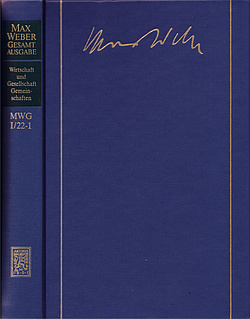
The complete edition comprises three sections:
Publishing House Mohr Siebeck: MWG
Each section is divided into several volumes. The structure was defined by the editors, according to principles of both relevance and chronology. Except for the letters, which are arranged in strict chronological order, the volumes of section I and III are organized according to substantive connections. Yet within one single volume the chronological principle applies. The editorial rules are tailored to the respective genre of the texts. They are stated at the end of each volume.
Section I
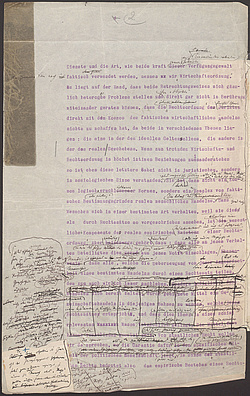
The section “Writings and Speeches” comprises the texts authorized by Max Weber (e.g. essays, dictionary articles, newspaper articles and letters to newspaper editors, and also include discussion entries released for publication) as well as posthumous notes (like essay manuscripts or cue sheets for his lectures). Should there be several versions, the most recent authorized version is chosen for editing, previous versions are being added as variants. As far as there is information on public remarks by Weber without direct witnesses, the edition uses substitute witnesses (e.g. press articles on speeches or discussion entries). Documented are also verifiably given lectures or speeches not witnessed directly or by substitutes (e.g. announcements in daily newspapers, letters or other notifications). Appeals and entries signed by Max Weber inform on his public engagement. Excerpts are additionally published only in justified cases.
Texts edited in Section I please find in Bibliography (PDF)
Section II
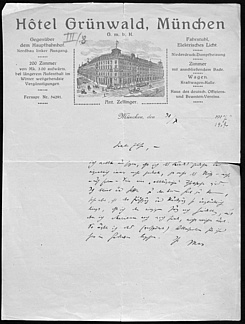
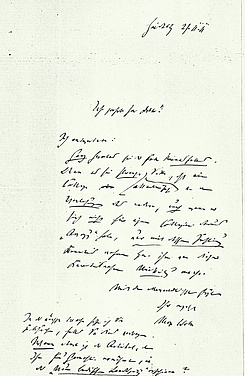
The section „Letters“ comprises Max Weber’s letters, including postcards and telegrams as well as transcripts where the original is lost. Altogether there are now more than 3,500 of these units recorded in a database. Since the correspondents' replies to Weber’s letters are extremely fragmented, the edition decided against reproducing answering letters, though they are frequently referred to in the preliminary remarks to the letters.
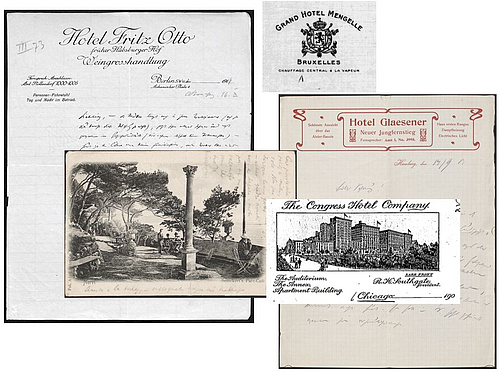
Letters found afterwards are being published in a supplementary volume which is supposed to also include a general index of letter recipients, persons and locations mentioned as well as a subject index.
Section III

The section “Lectures and Lecture Notes” includes the key words and notes used by Max Weber as a basis for his lectures on national economy. They are being transcribed and arranged into sequence by the editor. Since Weber gave some lectures more than once, there are also parallel versions being reported. Lecture notes or postscripts of students serve as substitute for accounts given by witnesses. Factual comments are not included in this section. The volume provides a CD-ROM for readers to search for themselves.
Volume structure
Each volume comprises an introduction to the biography of the text and its historical context. Each edited text is introduced by an editorial report giving information on its origin and background (letters are instead introduced by a preliminary remark). The edited text is presented with a text-critical apparatus and explanatory notes. (This does not apply to the lectures). The text-critical apparatus gives variants on the text and indicates interventions by the editor; for example, rectifying incorrect bibliographical references. Concepts and ideas are explained as well as the scientific, political or personal references which are necessary for the comprehension of the text. As a rule a volume includes a register of persons, a glossary of names and specialized notions as well as a register of literature quoted by Weber. Depending on the section, each volume comes with a person index, an index of places, and subject index.
